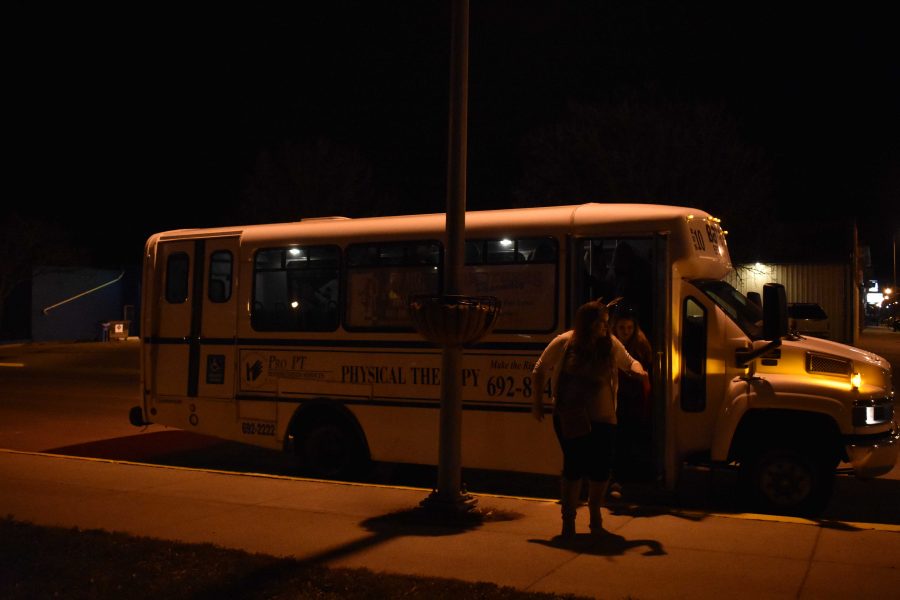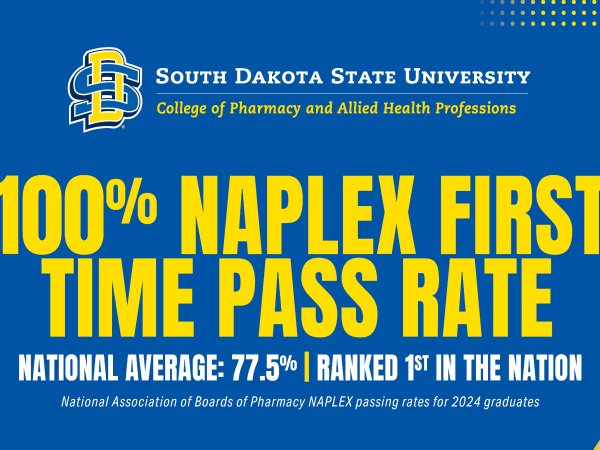Safe Ride has kept college students, guests and community members safe from the dangers of drunk driving or walking home alone since 2006. But this year it is under construction, much like the rest of Brookings.
Last year, one bus ran Wednesdays and two buses ran Friday and Saturday nights, but the Safe Ride program had to get rid of the Wednesday service due to budget cuts.
Safe Ride applied for about $60,000 from the South Dakota Department of Health to run the program for this academic year, according to Mariah Weber, Safe Ride program coordinator, but was only awarded about half to cover expenses. The Safe Ride Program Committee, along with their biggest partner, Brookings Area Transit Authority, were forced to make tough decisions about the future of the program.
The changes Safe Ride is enduring has affected the use of the program as well. Cutting off Wednesdays and other special events has decreased ridership by almost 3,000 riders this year.
Any night that was not a heavily attended sports event or had lower attendance on average than others was cut from the Safe Ride program as well.
However, they didn’t cut enough of the programs and BATA has to put more funds toward the Safe Ride program than preferred due to the contract they are in.
“We’re basically giving the program away at this point and we could use the money elsewhere,” said Brenda Schweitzer, executive director of BATA. “But we value the collaboration with South Dakota State University.”
There were no pay cuts or job losses because of the budget cut. The news of the cut came right after tinkering around with the idea of bringing back the Thursday night routes Safe Ride offered when they first started.
According to Brookings City Manager Jeff Weldon, the same amount of funding, $5,700, was given to the Safe Ride Program from the City of Brookings as any other year. The crucial cuts came from the Department of Health grant.
Other funders of the Safe Ride program include Brookings restaurants, bars and businesses, as well as SDSU Students’ Association. SA pays $10,000 of Safe Ride’s $50,595 budget from the General Activity Fee for monitors to count riders and check their intoxication levels in case they require medical attention.
BATA charges the Safe Ride program $24,600 for one fiscal year of operation, which Safe Ride pays in monthly segments. This money is used by BATA for gas, driver payroll and vehicle expenses.
“[Safe Ride] is hard on our vehicles and it shortens the buses’ lives,” said Jay Calor, mobility manager at BATA. Calor said the amount of people on the buses have caused many damages over the years and they are charging Safe Ride the bare minimum to keep up with expenses on BATA’s end.
“I don’t know what the future holds, but we need to come up with a plan B,” Weber said.



















